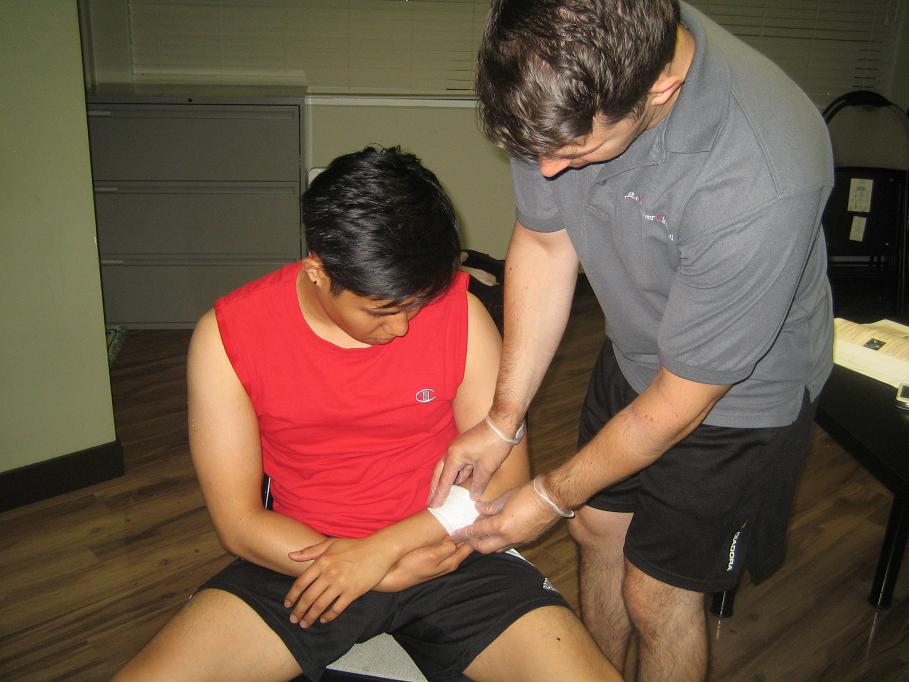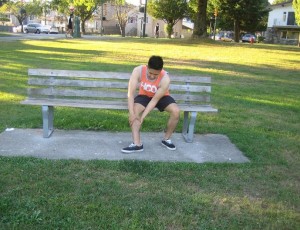Bleeding into the skin looks like small dots which are called petechiae and purpura if in large and flat patches. Some birthmarks are mistaken as bleeding into the skin. The skin becomes pale when there is bleeding and the area turns red when pressed down.
When a blood vessel ruptures, a minimal amount of blood leaks out. This blood settles under the surface of the skin. This usually happens due to a minor incident such as bruising. The bleeding can manifest as a tiny dot the size of a pinprick or it can be as large as the hand of an adult. Bleeding into the skin can also be a symptom of a serious medical condition.
Causes of bleeding into the skin
- Allergic reaction
- Injury
The bleeding can manifest as a tiny dot the size of a pinprick or it can be as large as the hand of an adult. - Bruises
- Birth
- Infection of the blood
- Side effects of medications
- Autoimmune disorders
- Chemotherapy side effects
- Normal process of aging
- Side effects of radiation
- Conditions that can cause bleeding under the skin such as leukemia, strep throat, meningitis and sepsis
Symptoms such as bleeding from an open wound, pain, development of a lump over the site, affected skin becomes dark, bleeding in the nose, gums, stool or urine and swelling of the extremities requires immediate medical attention.
Treatment
- Rest and protect the affected area.
- Apply a cold compress or ice pack immediately after the injury to prevent swelling for at least 10-20 minutes. Avoid applying the packs directly on the skin. Wrap an ice pack with a piece of cloth or towel before application.
- On the first 48 hours after the injury, avoid hot showers, hot compress, hot tubs and alcoholic beverages.
- After 48-72 hours when the swelling is reduced, apply heat and start performing gentle exercises to restore and maintain flexibility. Another way is alternately applying hot and cold compress.
- Compress and wrap the bruised area using an elastic bandage to lessen swelling. Avoid wrapping it too tight to prevent swelling below the affected area. Indications that the bandage is too tight include tingling sensation in the area, numbness, severe pain, coolness and swelling of the area below the bandage.
- Elevate the bruised area on pillows at the same time applying a cold compress anytime when sitting or lying down. Elevate the affected area above the level of the heart to lessen the swelling.
- Massage or rub the area to lessen the pain and promote proper blood circulation in the area. Do not massage the affected area if pain is triggered.
- Take the prescribed over-the-counter pain medication such as acetaminophen, ibuprofen or naproxen to lessen the pain and inflammation.
- Stop smoking or use tobacco products. Smoking slows down the healing due to the reduced supply of blood as well as delay the repair of the damaged tissues.
Disclaimer / More Information
The material posted on this page on bleeding into the skin is for learning purposes only. Learn to recognize and manage internal bleeding including this form of bleeding by taking a first aid and CPR class with one of our training providers.
FACT CHECK
https://medlineplus.gov/bleeding.html

